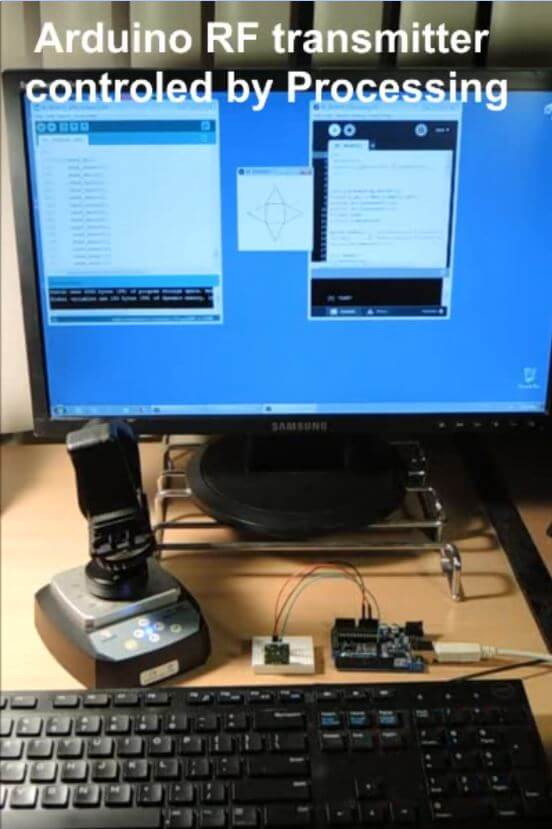Astrophiz Podcast Interviews Steve Olney: Capturing the 2019 Vela Pulsar Glitch with an RTL-SDR
Back in May 2019 we posted about Steve Olney's HawkRAO amateur radio astronomy station which was the only station in the world to capture the 2019 Vela Pulsar "glitch" which he did so using his RTL-SDR as the radio. The astronomy focused podcast "Astrophiz" recently interviewed Steve in episode 95 where he talks about his amateur radio background, his home made radio telescope, his RTL-SDR and software processing setup, and the Vela glitch.
A pulsar is a rotating neutron star that emits a beam of electromagnetic radiation. If this beam points towards the earth, it can then be observed with a large dish or directional antenna and a radio, like the RTL-SDR. The Vela pulsar is the strongest one in our sky, making it one of the easiest for amateur radio astronomers to receive.
Pulsars are known to have very accurate rotational periods which can be measured by the radio pulse period. However, every now and then some pulsars can "glitch", resulting in the rotational period suddenly decreasing. Glitches can't be predicted, but Vela is one of the most commonly observed glitching pulsars.
The HawkRAO amateur radio telescope run by Steve Olney is based in NSW, Australia and consists of a 2 x 2 array of 42-element cross Yagi antennas. The antennas feed into three LNAs and then an RTL-SDR radio receiver.
Astrophiz 95: Steve Olney: From Ham Radio to Radio Astronomy - "The 2019 Vela Glitch"
Feature Interview: This amazing interview features Steve Olney who has established the Hawkesbury Radio Astronomy Observatory in his backyard. Steve has constructed a Yagi antenna array, coupled it with a receiver and observed a pulsar 900 LY away and generated data that has enabled him to be the only person on the planet to observe Vela’s 2019 glitch in radio waves as it happened.
If you're interested in learning more about Vela, Astrophiz podcast episode 93 with Dr. Jim Palfreyman discusses more about the previous 2016 Vela glitch and why it's important from a scientific point of view.

